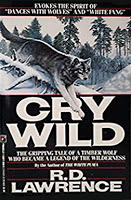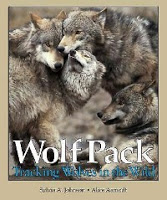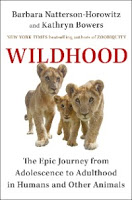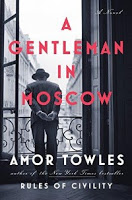by Dr. Michael Fox
Lovely little book about the family life of wolves. Part of it is story, following one pup from birth to adulthood as it learns life skills, how to stay safe, hunting with the pack etc- all the usual stuff. Interjected are explanations about wolf behavior and ecology, so it\’s very educational as well. The little wolves grow and play, although one dies young from a disease. This book has a lot more about their intimate social lives- showing how the interactions form their bonds and organize their place in the pack. The young wolves encounter threats from a bald eagle, a wolverine and porcupine (seems to be the classic encounter in any book about young wild animals). They learn to catch mice and grasshoppers on their own, and are schooled in hunting caribou by their parents. I thought for once this would be a story just about the (relatively) peaceful lives of the animals, but man does make an appearance at the end- the wolf pack is hounded by hunters using airplanes. Some are shot and left to die. The ending is a plea for wolves to be protected, pointing out their role in keeping populations of caribou and other prey animals healthy, and a little bit about conservation work. Of course the book is dated- it hopes for example that wolves will someday be re-introduced to Yellowstone (which has now occurred). The illustrations by Charles Fracé are very nice.
As I read this book immediately after Cry Wild, I couldn\’t help notice the differences between a few very similar scenes. In both stories the young wolf pups find a porcupine, but in this case the parent warned them from approaching, and later they came across a dead one and found out how sharp the quills were against their curious noses, so escaped injury. In both books one pup dies very young, and the mother\’s reaction is opposite. In Cry Wild the mother wolf anxiously licked and tended the dead pup, trying to coax it to nurse again and finally when they all moved to a new den, simply left the body behind. Here in The Wolf, as soon as the dead pup ceases moving, the mother apparently no longer recognizes it as her young, and matter-of-factly eats the body.
I wonder which depiction is more accurate. I suppose they both could be, if the wolf learned how to react to the situation according to what wolves around it normally did?
Rating: 3/5 96 pages, 1973









